Description

1. Parameter Specifications
- Power Supply: The 239 – RTD – AN typically operates on a 24V DC power supply. The power consumption is relatively low, around 3 – 5W, ensuring energy – efficient operation in industrial settings.
- Input Configuration:
- RTD Inputs: It is designed to accept Resistance Temperature Detector (RTD) inputs. It can support different types of RTDs, such as Pt100 and Pt1000. The module can handle multiple RTD channels, usually 4 or 8 channels, allowing for simultaneous temperature measurement at multiple points.
- Analog Inputs: In addition to RTD inputs, it may also have analog inputs for other types of sensors, such as thermocouples or pressure sensors. The analog input range can be configured according to the specific requirements, for example, 0 – 10V or 4 – 20mA.
- Resolution and Accuracy:
- Resolution: The analog – to – digital conversion resolution is high, typically 16 – bit or 24 – bit. This high resolution allows for precise measurement of temperature and other analog signals.
- Accuracy: It offers high – accuracy measurement. The temperature measurement accuracy can be within ±0.1°C or better, depending on the type of RTD used and the calibration.
- Communication Interface: The module supports communication protocols such as Modbus RTU over RS – 485. This enables easy integration with other devices in an industrial network, such as programmable logic controllers (PLCs), human – machine interfaces (HMIs), and data loggers.
2. Applications
- Industrial Process Monitoring: In manufacturing plants, the 239 – RTD – AN is used to monitor the temperature of various industrial processes. For example, in a chemical reaction process, it can measure the temperature of the reaction vessel to ensure the reaction occurs at the optimal temperature. In a metal – heat – treatment process, it can monitor the temperature of the furnace to control the hardening and annealing processes.
- HVAC Systems: In heating, ventilation, and air – conditioning (HVAC) systems, it can measure the temperature of the air at different locations, such as in the supply ducts, return ducts, and indoor spaces. This information is used to control the operation of the HVAC equipment, such as adjusting the temperature setpoints and the speed of the fans.
- Food and Beverage Industry: In food processing and storage facilities, the 239 – RTD – AN is used to monitor the temperature of refrigerators, freezers, and ovens. It ensures that the food products are stored and processed at the correct temperature, maintaining their quality and safety.
3. Weight and Dimensions
- Weight: The 239 – RTD – AN weighs approximately 0.5 kg. Its relatively light weight makes it easy to install and handle during the setup and maintenance processes.
- Dimensions: It has compact dimensions, typically around 120 mm in length, 80 mm in width, and 50 mm in height. These dimensions allow it to be easily installed in control cabinets or on DIN rails in industrial environments.
4. Features
- Multi – Channel Measurement: The ability to handle multiple RTD and analog inputs in a single module provides a cost – effective solution for monitoring multiple temperature and analog parameters simultaneously.
- High – Precision Measurement: The high resolution and accuracy of the module ensure reliable and precise measurement of temperature and other analog signals, which is crucial for many industrial applications.
- Flexible Configuration: The module can be configured to support different types of RTDs and analog input ranges. This flexibility allows it to be used in a wide variety of applications with different sensor requirements.
- Easy Integration: The support for the Modbus RTU protocol simplifies the integration of the 239 – RTD – AN into existing industrial control networks. It can communicate with other devices without the need for complex programming, reducing the development time and cost.
5. Stability and Reliability
- Robust Construction: The 239 – RTD – AN is built with a durable housing that can withstand harsh industrial environments, including dust, moisture, and mechanical vibrations.
- Electrical Protection: It is equipped with over – voltage, over – current, and short – circuit protection mechanisms. These protections help to prevent damage to the module from electrical faults, ensuring its long – term stability and reliability.
- Quality Components: The use of high – quality electronic components in the manufacturing process contributes to the overall reliability of the 239 – RTD – AN. These components are selected for their performance and durability.
6. Real – World Examples
- Plastic Injection Molding: In a plastic injection – molding plant, the 239 – RTD – AN is used to monitor the temperature of the mold. By accurately measuring the mold temperature, the injection – molding process can be optimized. If the mold temperature is too high or too low, it can affect the quality of the plastic products, such as causing warping or uneven shrinkage. The 239 – RTD – AN provides real – time temperature data, allowing the operators to adjust the cooling system of the mold to maintain the optimal temperature.
- Pharmaceutical Production: In a pharmaceutical production facility, the 239 – RTD – AN is used to monitor the temperature of the drying ovens. The temperature in the drying ovens needs to be precisely controlled to ensure the quality and stability of the pharmaceutical products. The high – accuracy measurement of the 239 – RTD – AN helps to prevent over – drying or under – drying of the products, ensuring that they meet the strict quality standards.



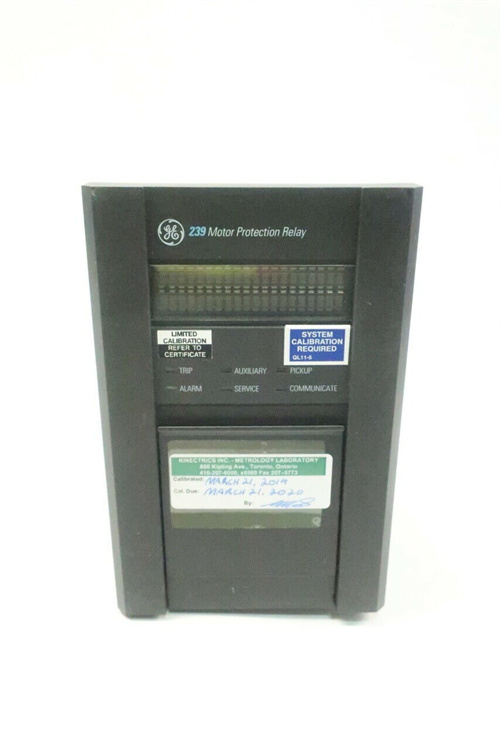


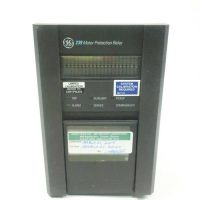
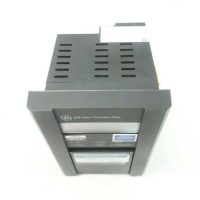


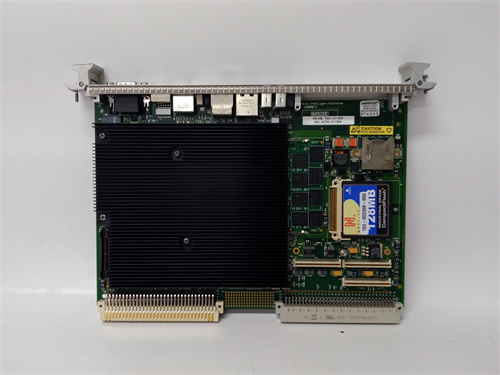
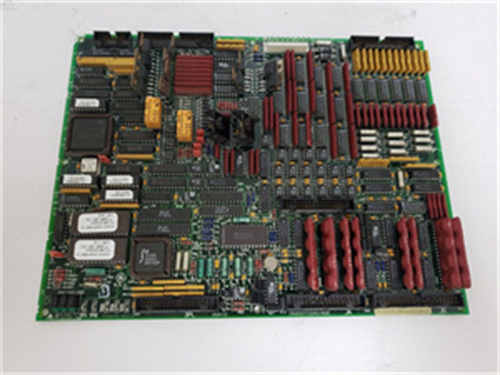
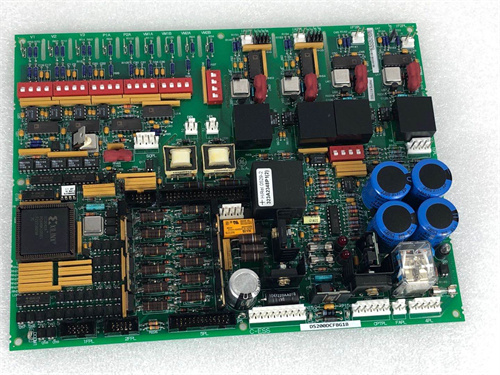

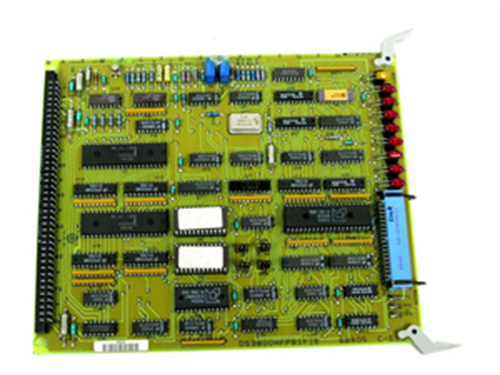
Reviews
There are no reviews yet.